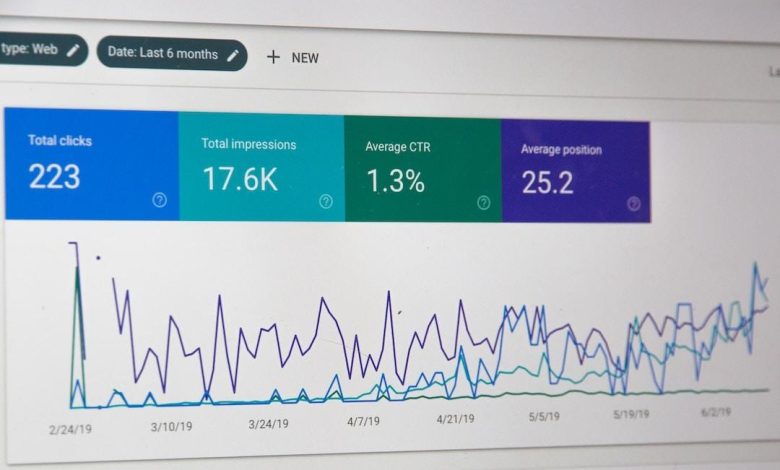Unveiling the Magic of Performance Analytics

In this age of rapid technological advancements, decisions are strongly data-backed, giving rise to the need for a system that translates raw data into comprehensible information. Amid the chorus of data analysis methods, performance analytics stands out as an exceptional tool that offers remarkable insights. These insights aid organizations in decision-making and strategy-building, setting the stage for their success. In this article, we’ll delve into the intricacies of performance analytics and how it operates to churn out valuable insights.
Understanding the Concept of Performance Analytics
The field of performance analytics is an analytical discipline that employs technology and statistics to comprehend business performance. Its primary goal is to analyze information regarding the performance of varying business aspects and help decision-makers make data-driven strategic decisions.
Performance analytics uses a combination of tools, techniques, and software to gather, analyze, and interpret data. Corporations use it to evaluate their current operational efficiency and predict future performance.
Encompassing a range of applications, including operation management and business intelligence, performance analytics provides an avenue for businesses to monitor and improve their operations. Understanding its concept is a stepping stone to reaping its numerous benefits.
Ideally, its inclusion in a company’s operation provides insights that reveal trends, drive efficiency, and encourage innovation. Performance analytics captures the company’s pulse, revealing what’s working and what’s not.
The Role of Performance Analytics in Business Decisions
Performance analytics play an instrumental role in shaping business decisions. Knowledge gained helps organizations take corrective actions, innovate processes, and enhance productivity.
Thanks to this crucial tool, businesses can assess their key performance indicators (KPIs), weigh them against their set goals and objectives, and chart the way forward. This evaluation offers a clear picture of the business’s current state and helps implement the right changes at the right time.
Effectively, the dependency on the traditional hit-and-trial methods for decision-making is significantly reduced when using performance analytics. Organizations can make informed decisions based on tangible proof, minimizing risk and maximizing efficiency.
In a nutshell, performance analytics aids in data-driven decision-making that fosters growth, maximizes profitability, and advances the company’s competitive edge.
The Process of Gathering Data in Performance Analytics
Alt text: A man working at a desk analyzing data on two desktop computers.
The process of gathering data in performance analytics involves various steps. The first step is the identification of key data sources, which could be internal (from within the company), or external sources.
Next, data extraction takes place, followed by the selection of relevant data for analysis. Here, businesses must ensure that the data is high-quality and reliable for the most accurate insights.
Following this, the data teams would cleanse, transform, and store this data, ensuring it’s ready to be analyzed. This phase often involves removing irrelevancies and handling missing data points to optimize the data for analysis.
Finally, data visualizations are created, which display the results of the analysis in an easy-to-understand format. The ultimate goal of this process is to convert raw data into actionable insights that can drive decision-making in business.
Future Trends in Performance Analytics: What To Look Forward To
As technology continues to advance, so does the field of performance analytics. With growing buzzwords like big data and AI offering myriad applications in analytics, the future of performance analytics is set to get more exciting.
Real-time data analysis and AI-driven decision-making are some of the anticipated future trends in performance analytics. They are set to offer higher accuracy in predictions and automated decision-making, promising a new era of digital transformation.
Moreover, advances in predictive analytics are expected to provide deeper insights into trends and patterns, aiding businesses to act proactively rather than reactively. This capability enhances strategic planning, fosters growth, and encourages efficiency.
Altogether, the role of performance analytics in today’s business world is enormous; from informing decisions to stimulating growth, their importance can’t be overstated. As businesses strive to remain competitive, the adoption and integration of performance analytics into their operations is no longer an option but a necessity.





